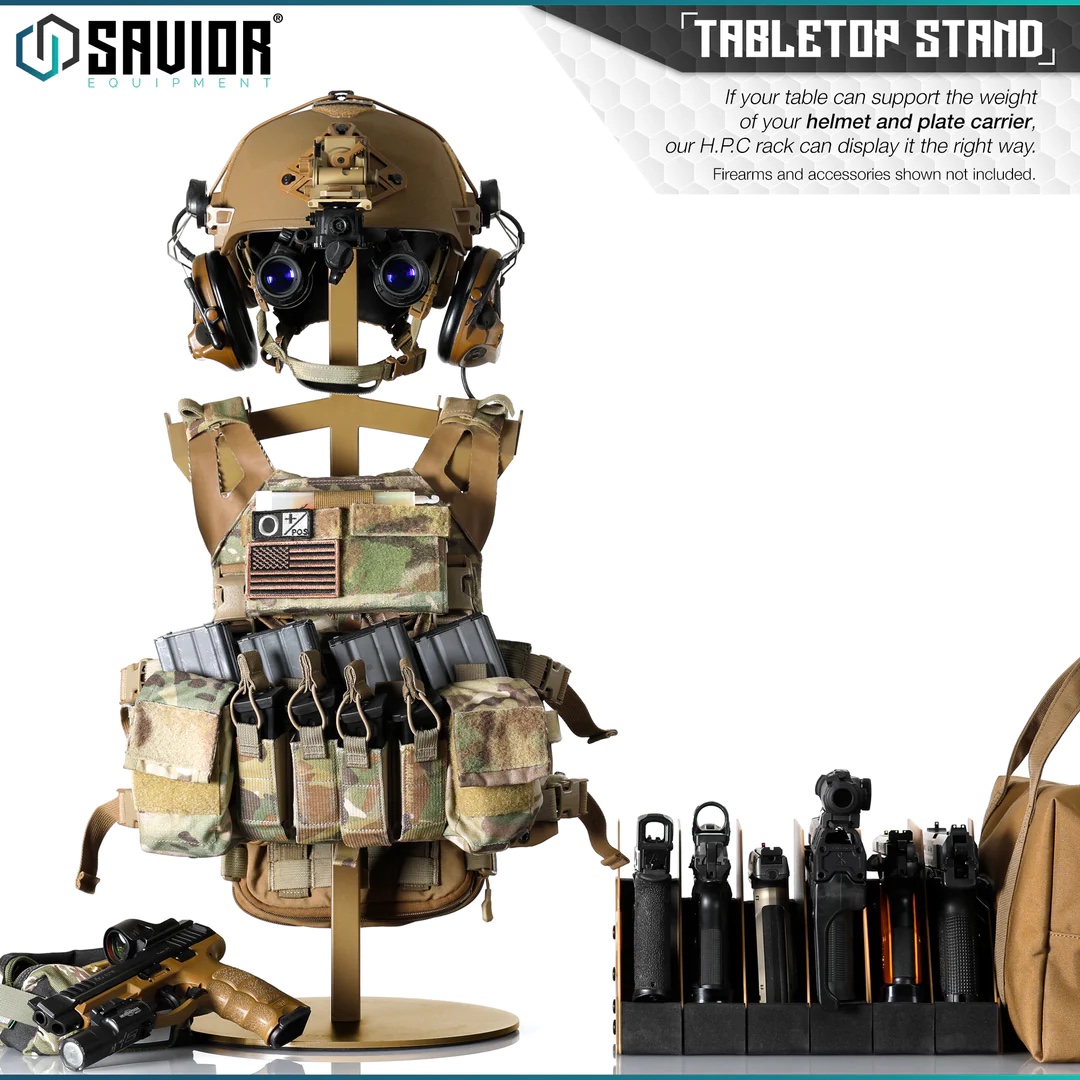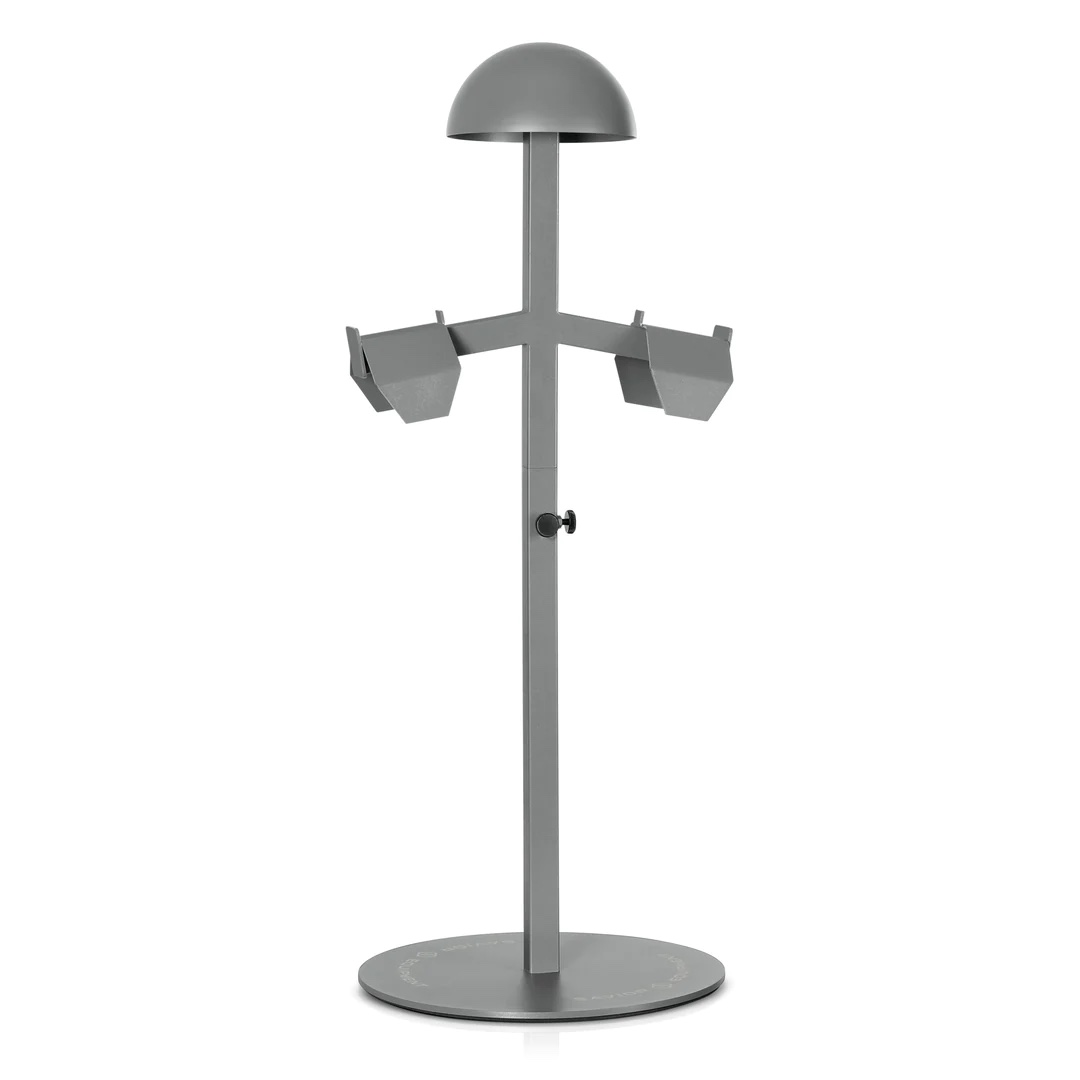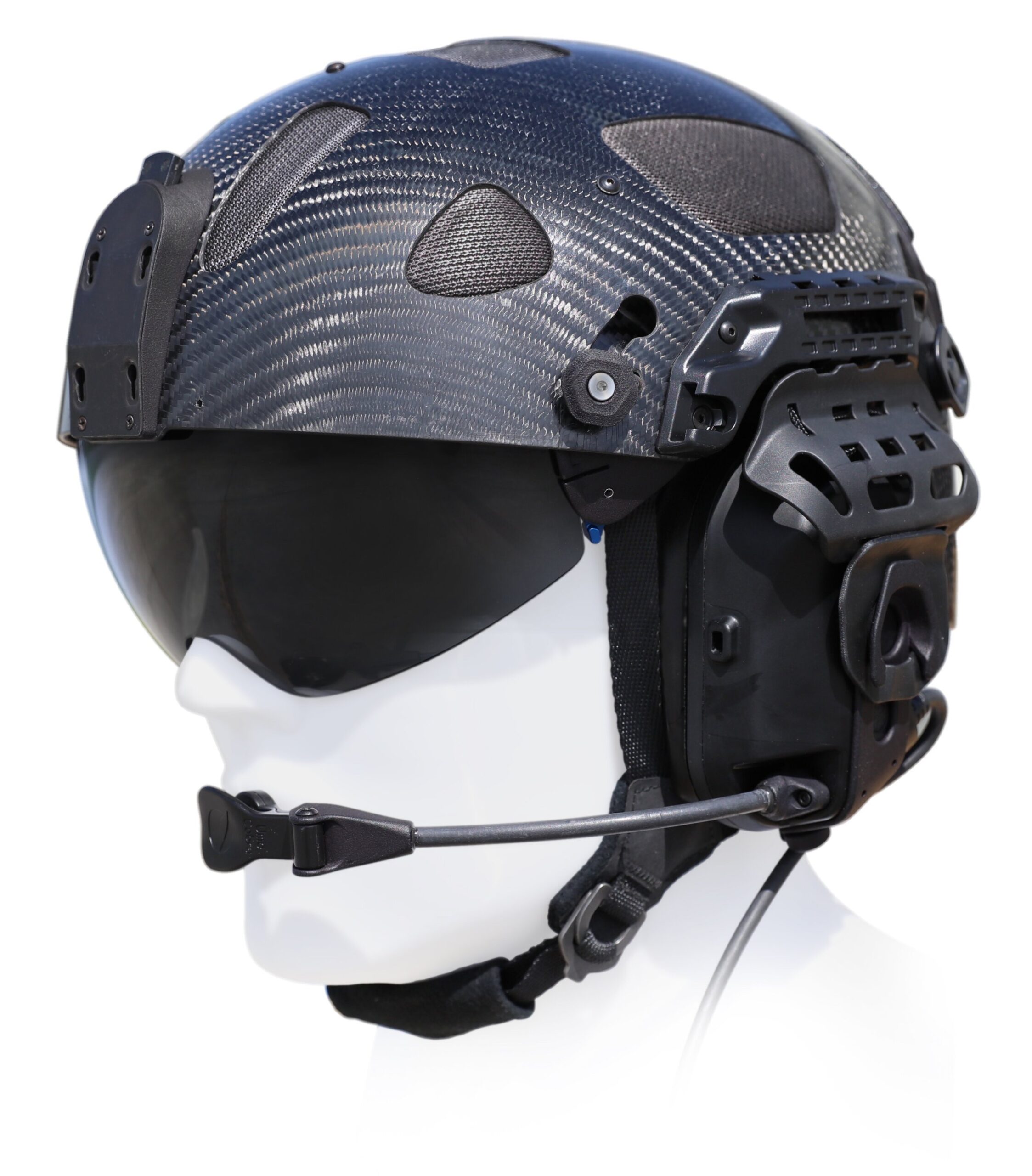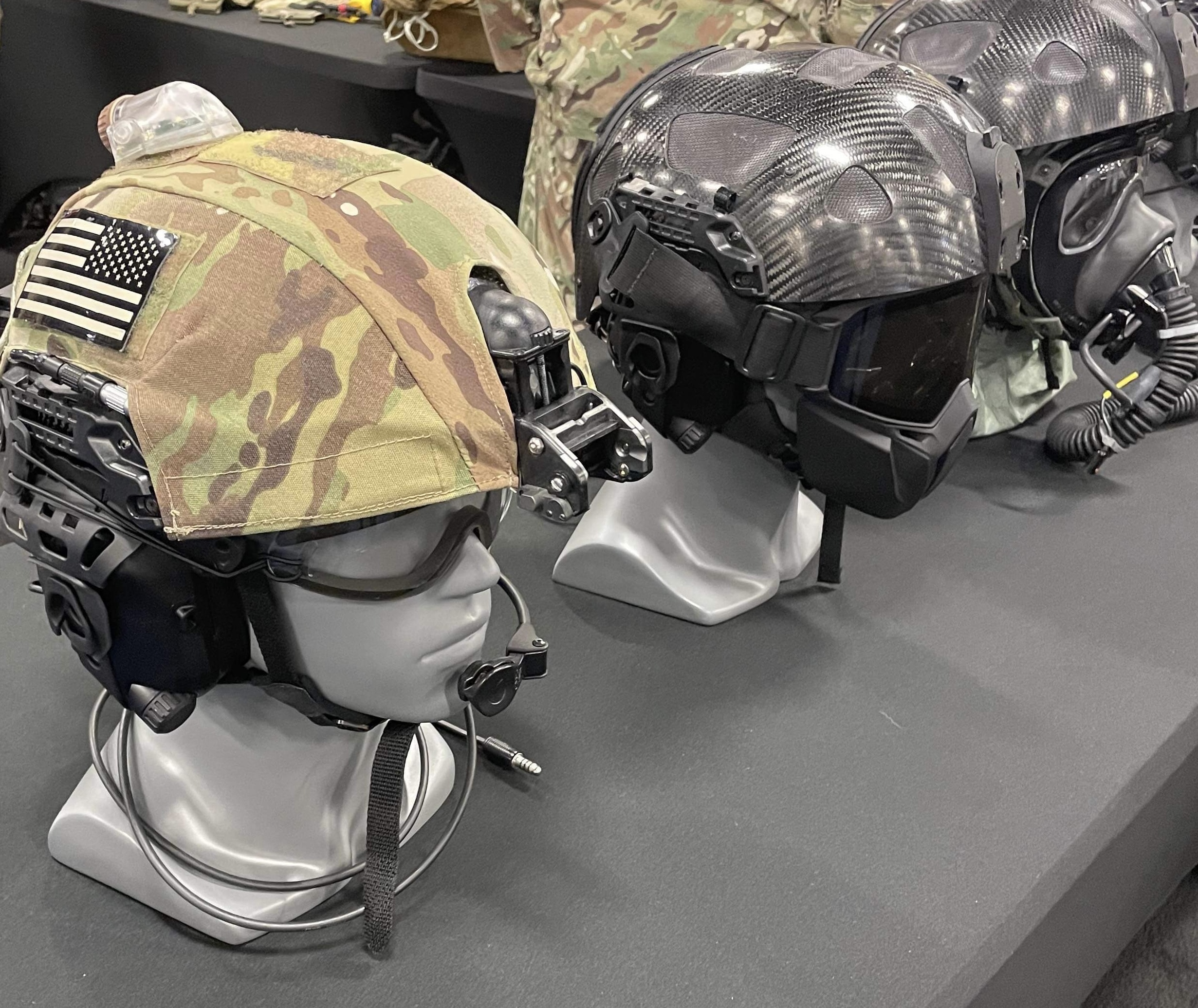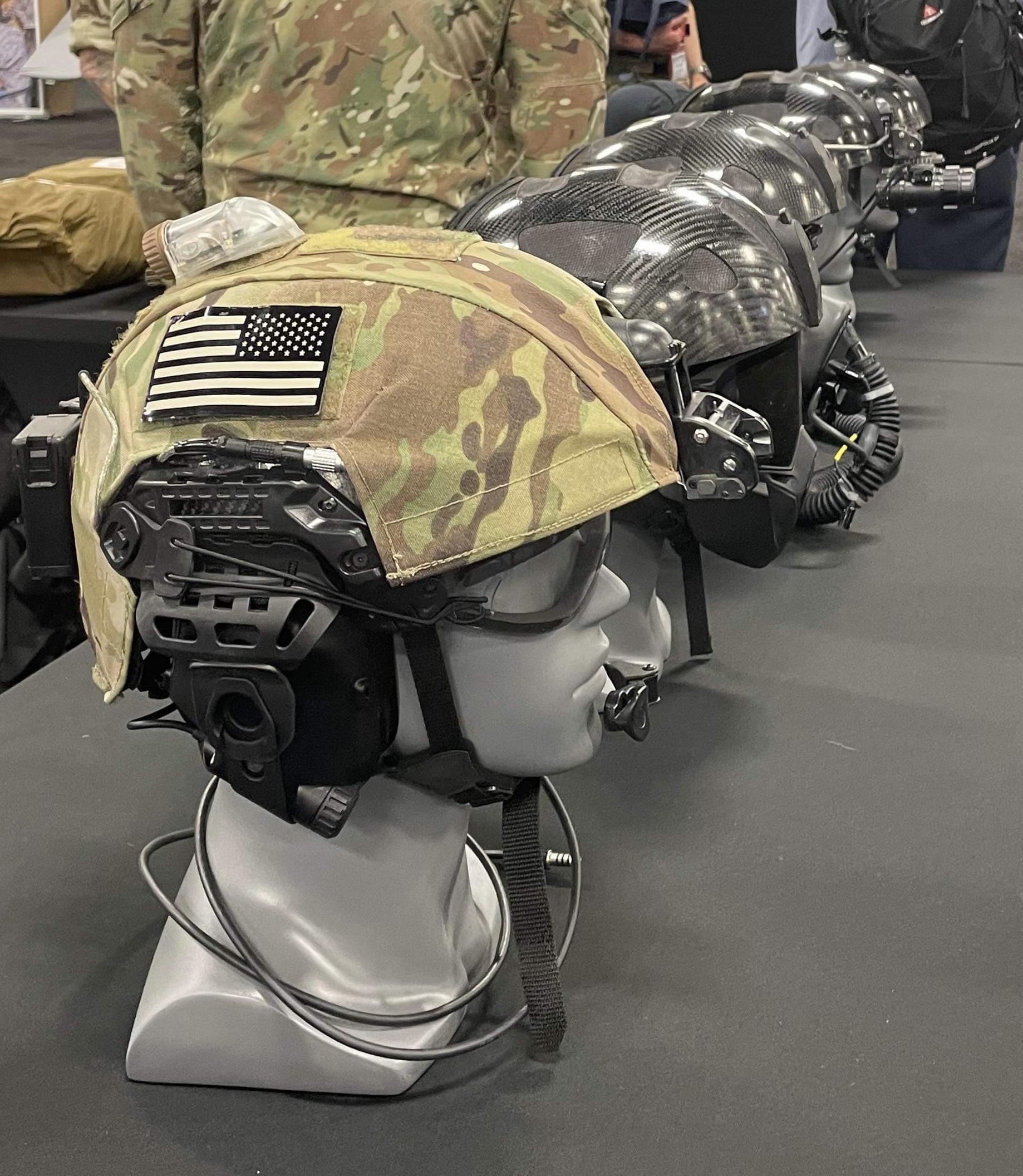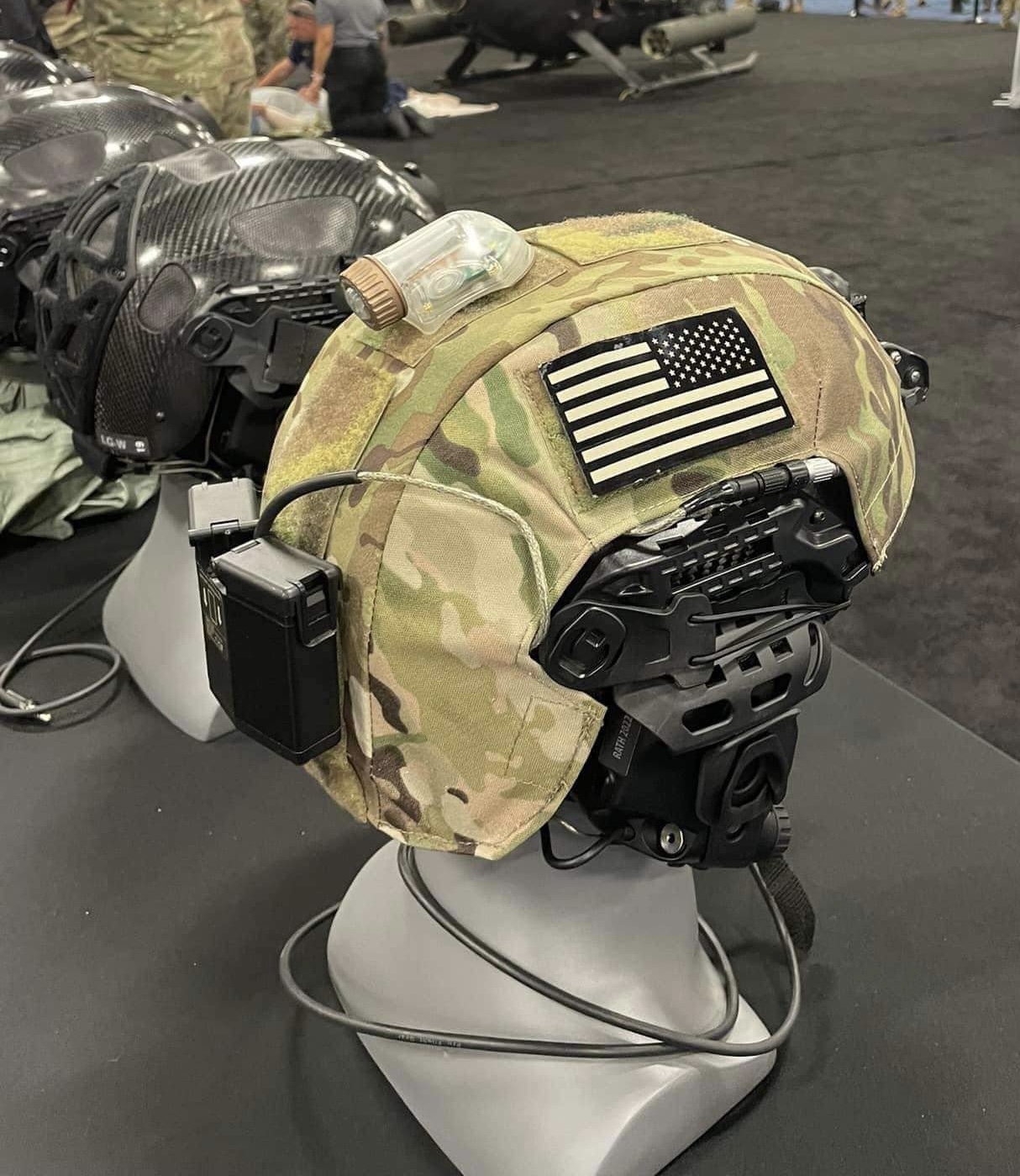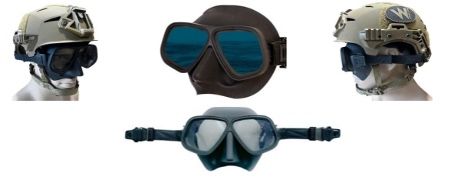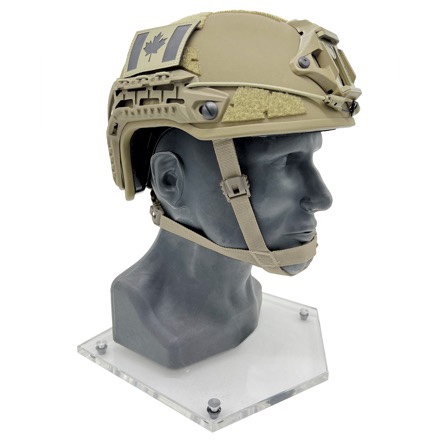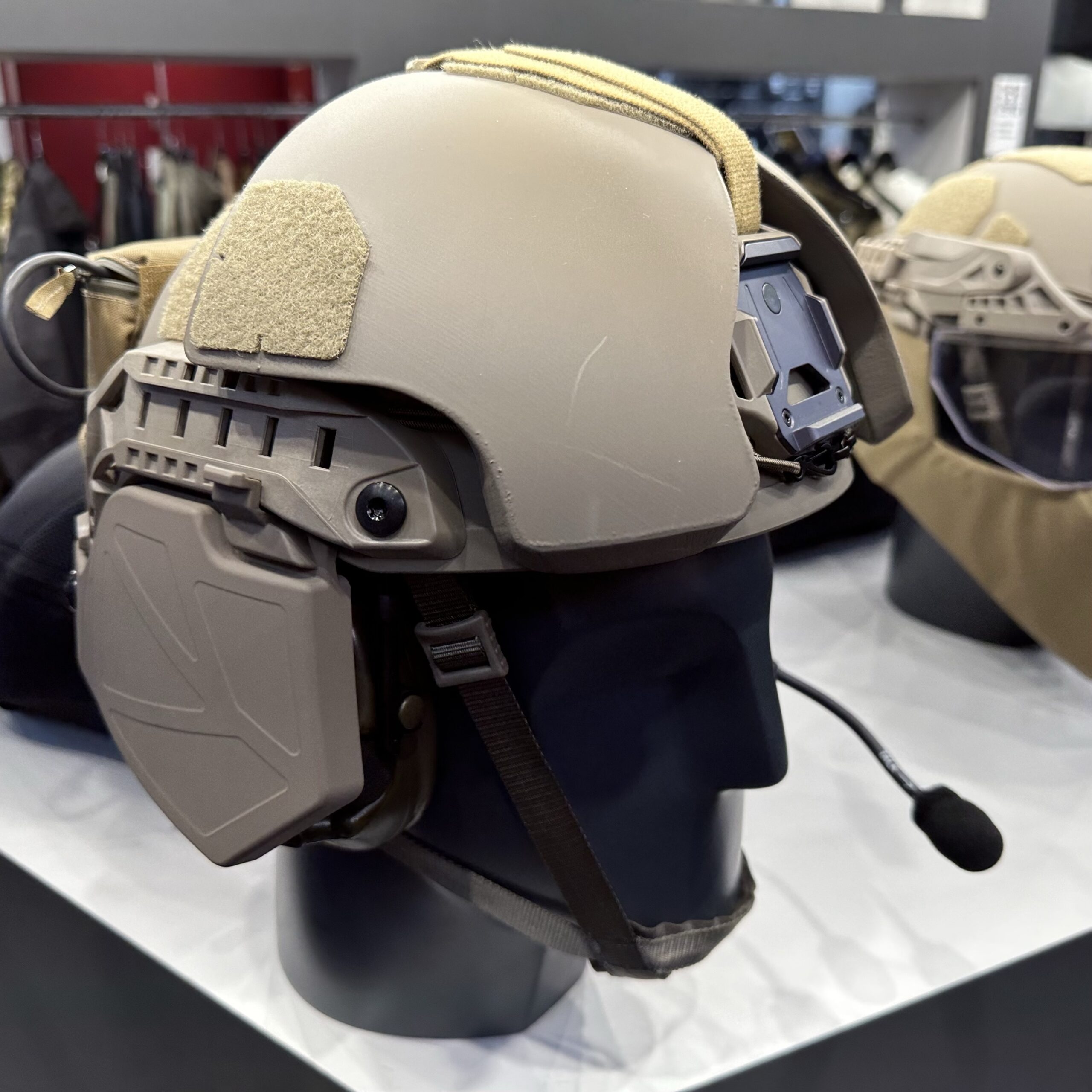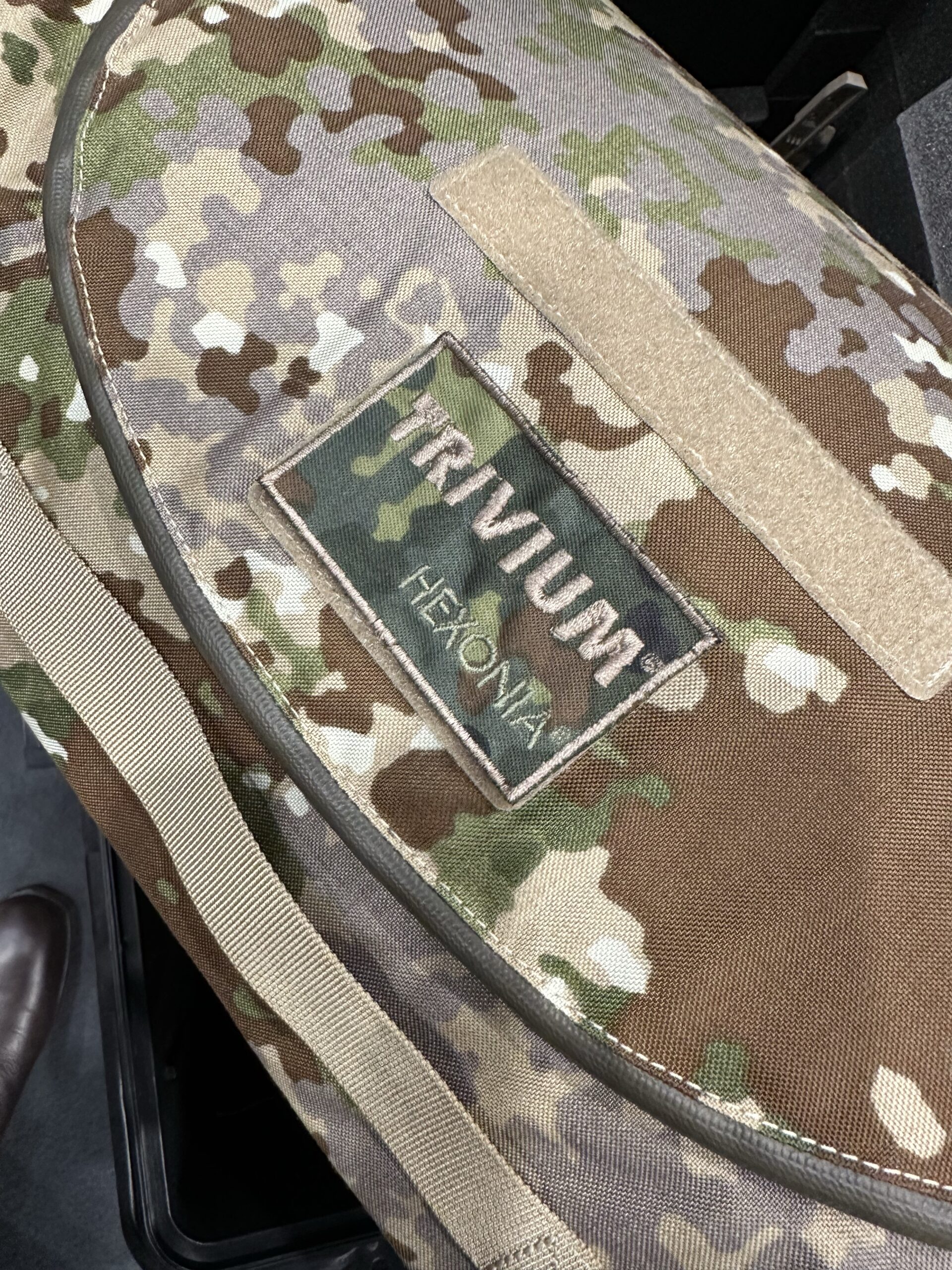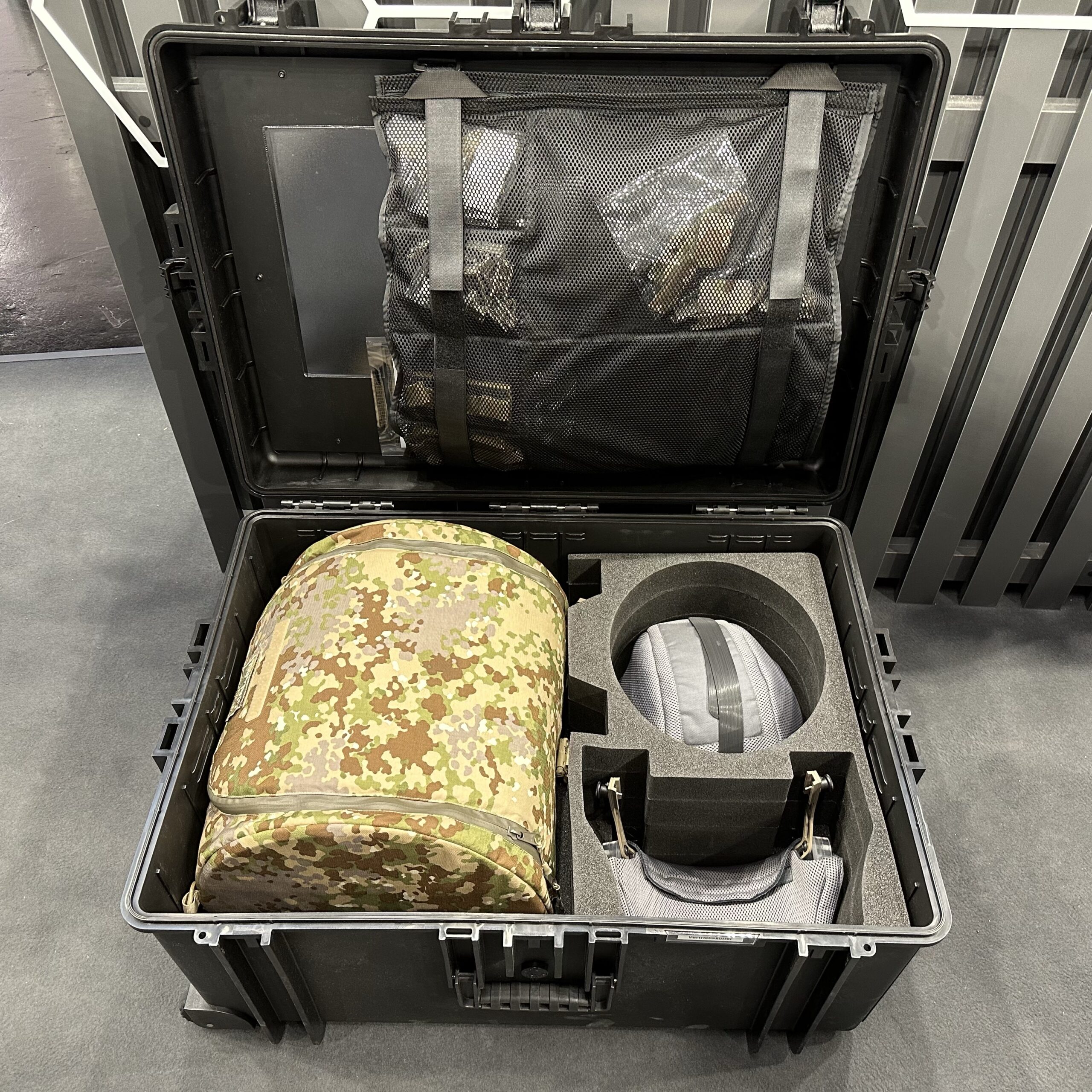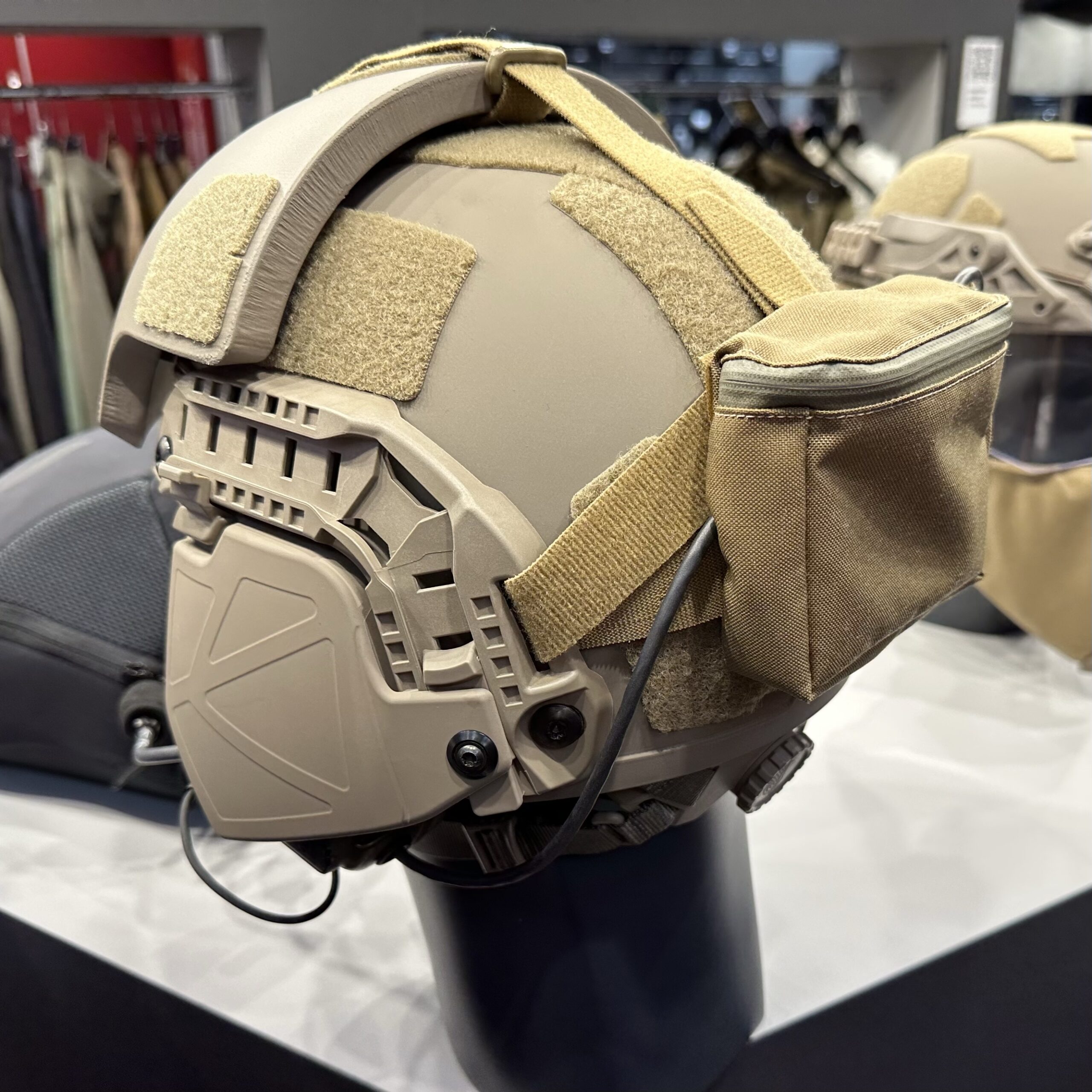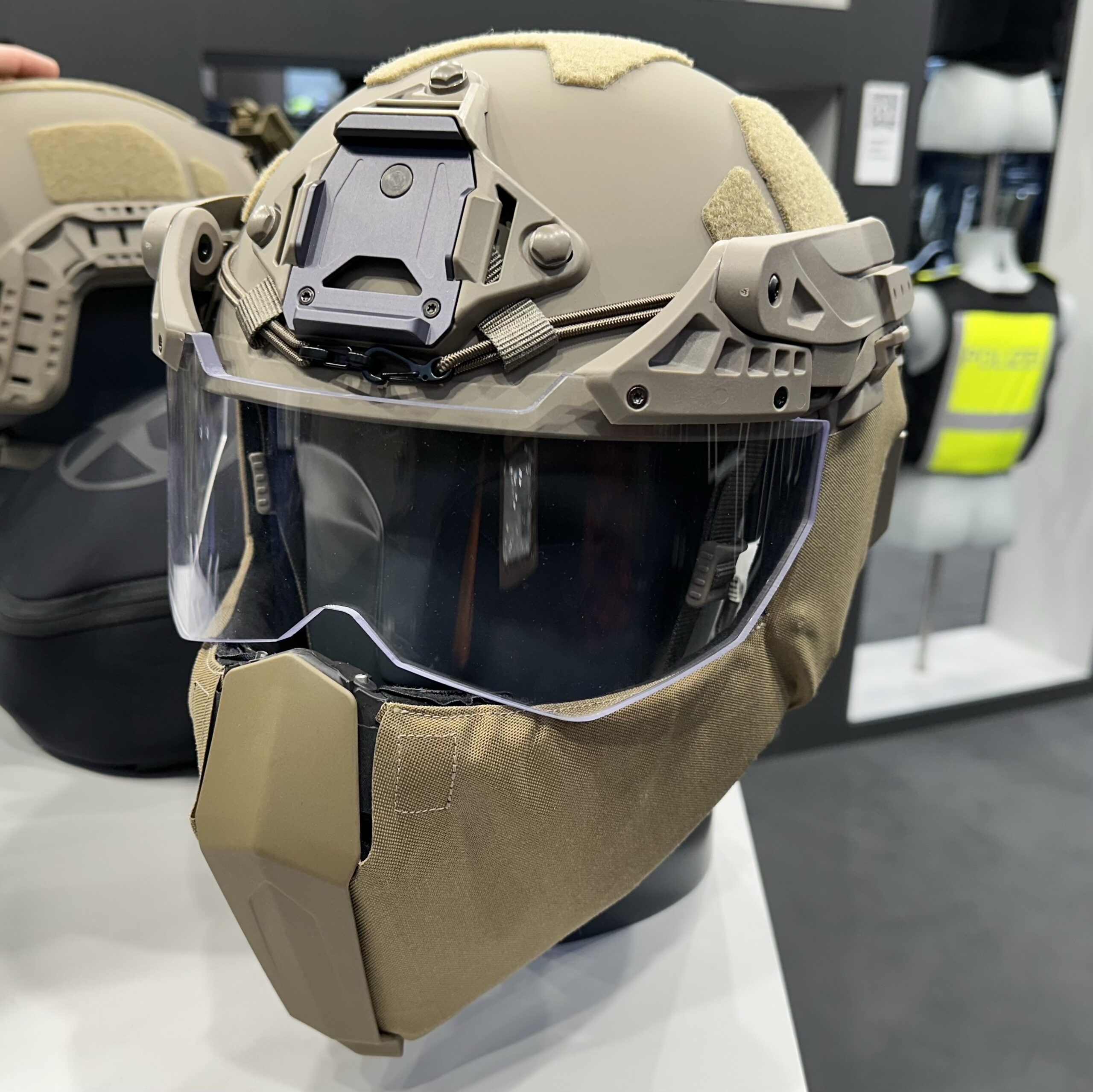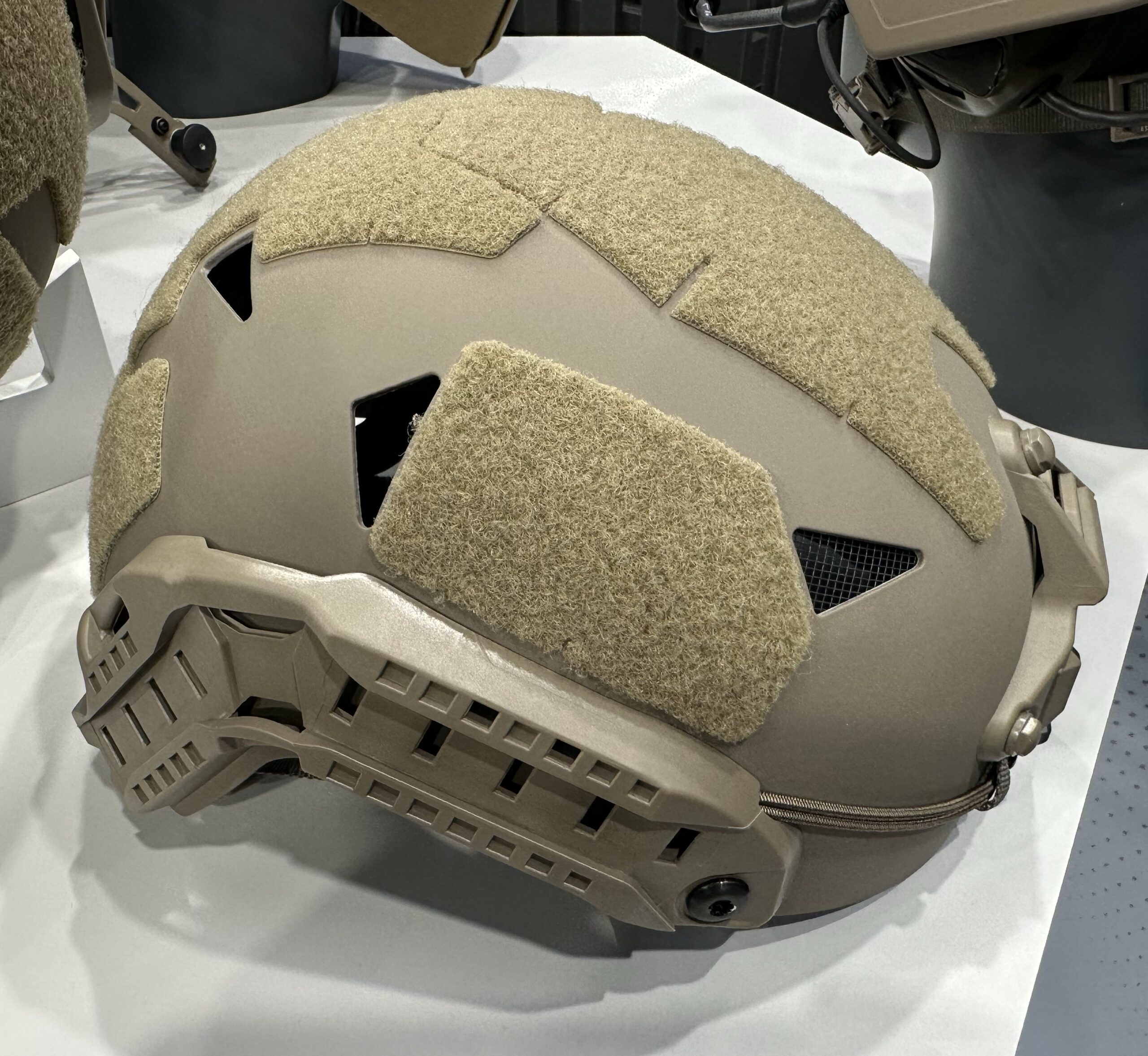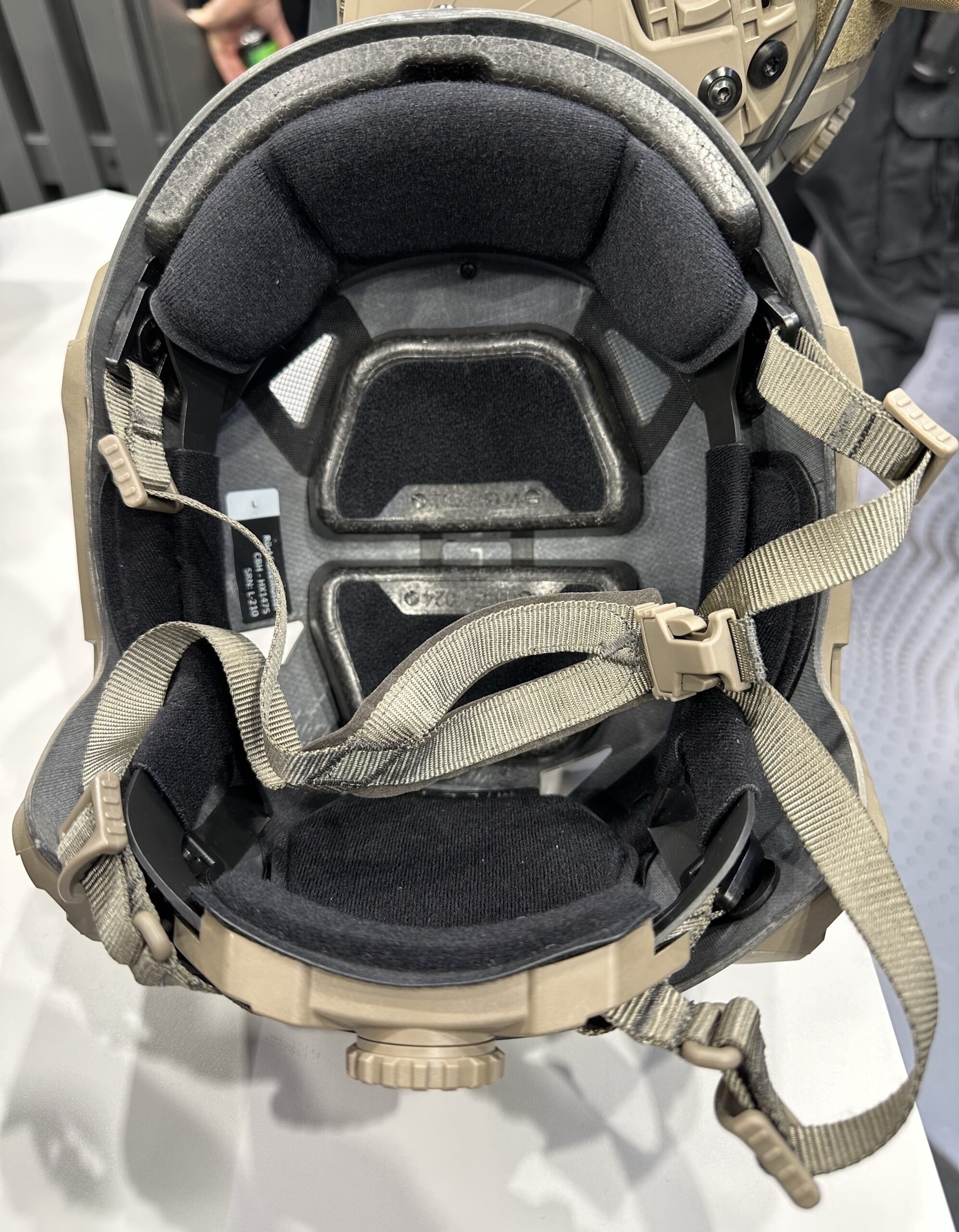BROUSSARD, LA. (June 6, 2023) – UNITY™ Tactical, a designer of components that integrate tactical systems and optimize the human factor, announced today the launch of SUMMIT™, a three-hole shroud for tactical helmets.
With an over-molded unibody construction, the SUMMIT™ shroud is durable in even the most austere environments, featuring a high-impact polymer shroud and a fixed over-molded stainless steel insert.
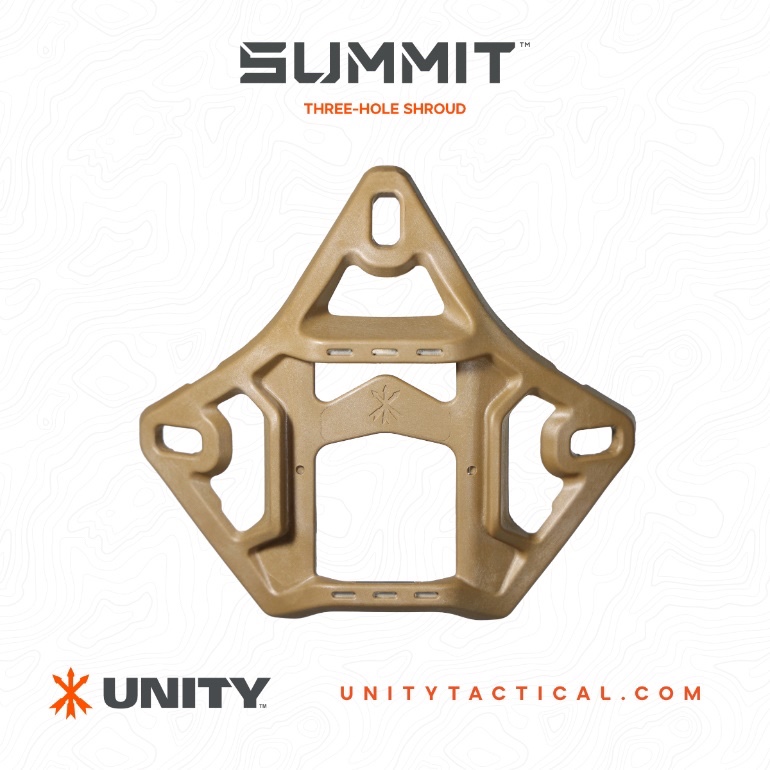
“NVG mounting solutions interface directly with the stainless steel insert, ensuring a solid lockup that resists wear over time. And there is zero movement with all three axes,” said Mike Roth, VP of business development for UNITY Tactical. “Its unibody construction makes it the lightest and strongest three-hole shroud solution available. Coupled with a lifetime warranty, it’s a smart investment you can rely on in the field.”
Yielding a more than 25% weight reduction from currently fielded NVG shrouds, the SUMMIT™ shroud provides a superior strength-to-weight ratio. It secures night vision electro-optics, lights, cameras and other accessories with a proven fit that is sturdy and reliable.
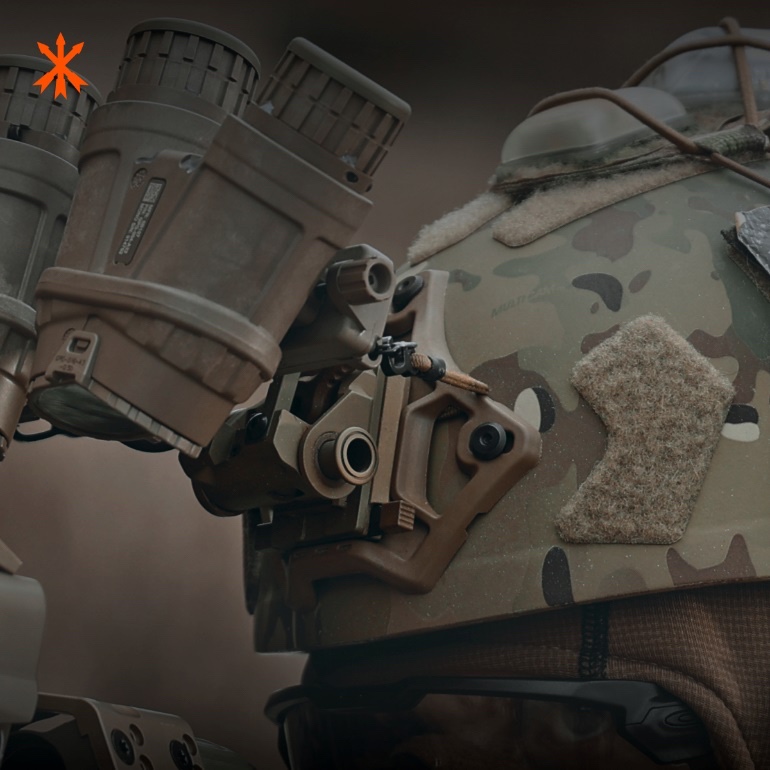
“We focus on designing components that integrate tactical systems, and a helmet is a platform on which the end user needs many different systems to run effectively together,” said Trent Zimmer, founder and president of UNITY Tactical. “We aimed to design a shroud that works seamlessly with NODs and other accessories, while also removing all the unnecessary weight. The SUMMIT shroud is a great addition to our suite of existing helmet accessory solutions.”
SUMMIT™ offers users a lifetime warranty and is available for retrofit of ArmorSource™, Avon Protection™ Ceradyne, Busch PROtective®, Galvion™, MTEK™, Ops-Core® and many other global helmet brands utilizing the standard three-hole pattern.
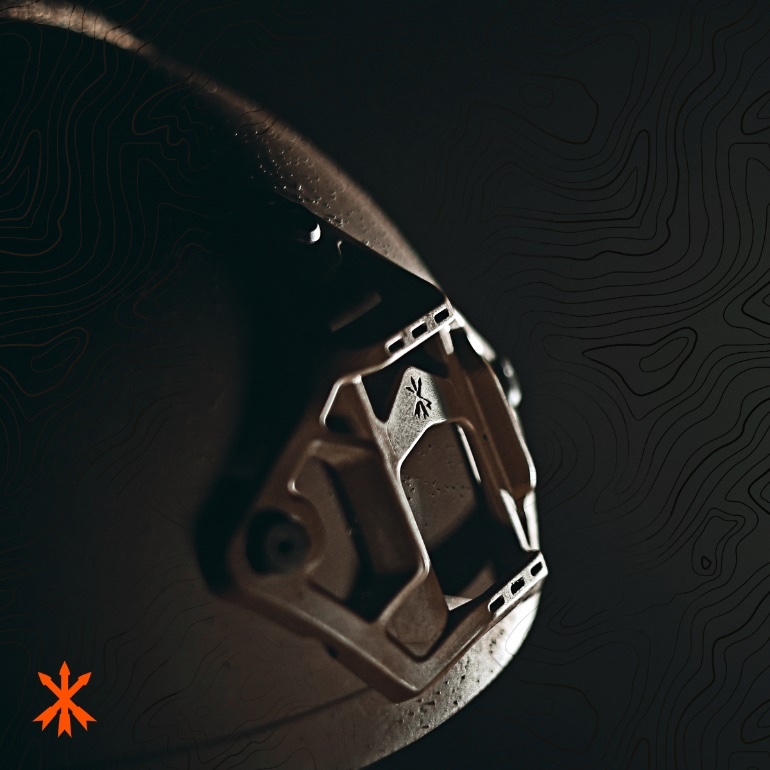
It is available in five FED-STD colors, including black, cam green, coyote brown, desert tan and foliage green. Custom colors available with a minimum order quantity. SUMMIT™ retails for $89 and is available for immediate delivery in individual or large quantities now through authorized UNITY dealers and on UNITYtactical.com.


